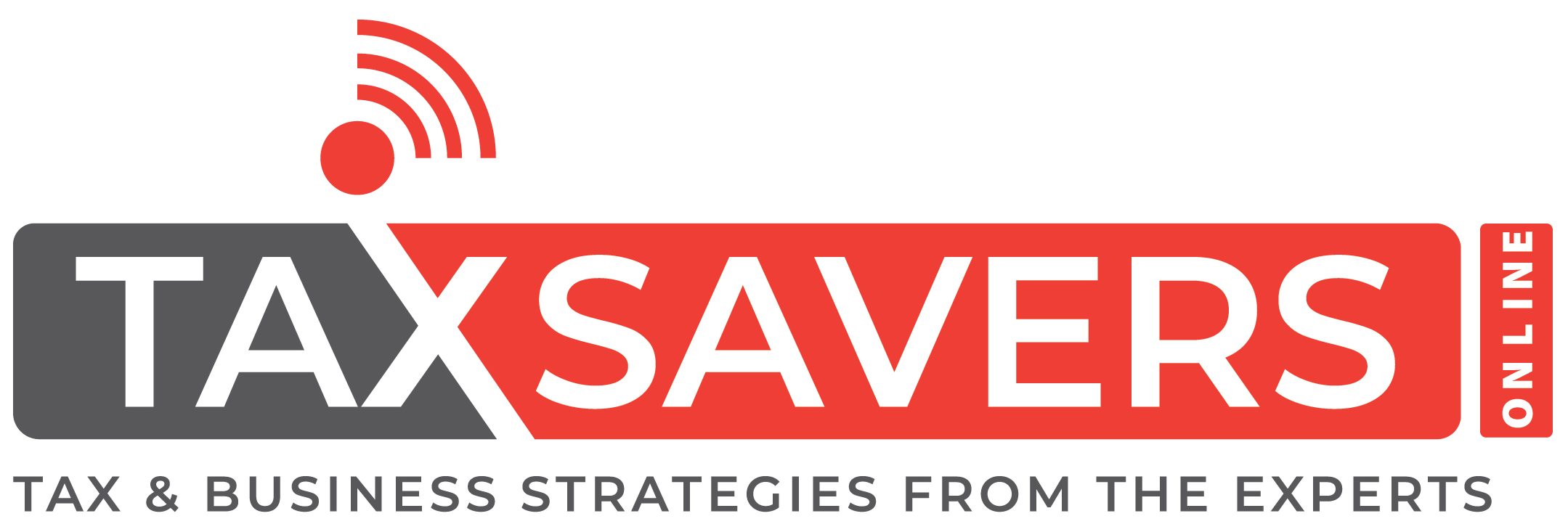According to Section 7201 of the Internal Revenue Code, it is illegal to evade paying annual taxes in the United States. Failing to declare and pay your taxes can result in a felony charge and a fine of up to $500,000. You may also face a prison sentence of up to 5 years. Tax Loopholes for the rich: The ultimate guide explains all the details regarding how Rich Americans use tax loop holes to save millions in taxes each year.
Because of US Tax laws, each year people in America pay around $1.6 trillion in income taxes. Of course, this figure is made up of millions of individual income tax contributions that are based on a percentage of your annual income.
However, due to the percentages used to calculate income taxes, if you earn more than $100,000 a year you could end up with a hefty tax bill. So how come a wealthy president like Donald Trump managed to pay only $750 in income taxes in the 2016-17 tax year?
Well, this is largely due to the tax loopholes available in the US that allow you to deduct certain tax exemptions from your annual bill. Read on to find out how you can use these when filing your taxes to reduce your annual bill!

Contents
Property Depreciation Claims(Biggest Tax Loophole for the Rich)
Many Millionaires and Billionaires buy Yachts, Private Jets and Expensive vehicles to conduct business. They use these assets and write off depreciation on these assets to offset their income.
If you are rich and own the property that you use for your business then you may be able to claim depreciation losses for this. This includes depreciation losses on areas of your home that you use for work. You can also claim depreciation costs for:
- Machines, equipment, and appliances
- Business vehicles
- Office furnishings
- Software
- Patents and copyrights
This is because the IRS recognizes that all buildings, vehicles, and appliances have a set lifespan. This means that each time you use them they will lose value and will eventually need replacing.
So for each year that you use them, you can claim a small depreciation cost. For example, you can claim up to $1,000 a year for property depreciation.
How to Make a Depreciation Deduction
In order to claim depreciation costs from your income tax, you must own the property that you are claiming for. It must also:
- Have been used for a business activity or to produce income
- Have a “useful life” of one year or more
Last year the maximum total depreciation deduction you could make was $1,040,000. You can file these claims in section 179 of your income tax return.
Deducting Business Expenses
Rich and famous learn how to creatively use their business expense tax loopholes to offset their taxable income.
The IRS recognizes that in order to run a business and make a profit you have to spend a lot. Because of this, you can deduct the cost of this spending from your income return. This is a useful way of moving out of a higher tax bracket.
Legitimate business expenses include the cost of:
- Travel
- Company vehicles
- Office supplies
- Home offices
- Education expenses, such as work training schemes
- Memberships used to produce income or for networking
Depending on the industry that you work in, you may be able to deduct other expenses.
For example, if you are an actor then your appearance is a key part of your job. In that case, you may be able to deduct the cost of your gym membership and hairstylist.
How to Record and Deduct Your Business Expenses
In order to deduct business expenses from your tax return, you will need to provide proof. This might be in the form of dated receipts, invoices, or bank statements.
You also need to be able to demonstrate that:
- The activity was business-related or carried out in a businesslike manner (such as a business lunch meeting rather than a social lunch)
- The activity had the potential to benefit your business or was profitable
- The activity was an essential part of your business
Some expenses will be more self-explanatory than others. For example, work-related travel costs and stationary are fairly standard business expenses.
Business-related socializing can be a little trickier to prove as an essential business expense. Because of this, it is a good idea to keep a record of who attended business social events, such as lunches, and what business was discussed.
The IRS is unlikely to look into every business expense that you have listed. However, it is important to be able to explain how each of them was business-related.
Hiring Your Kids
Turning your business into a “family affair” is a great way to save money on your taxes. This is because you do not have to pay Medicare or Social Security taxes for children under the age of 18 who are family members.
In some cases, you may even be able to hire family members as freelance contractors, such as consultants. Then you can write this off as a business expense. As a result, you will lower the amount of taxes profits on your income return.
How to Deduct Wages for Your Kids
If you want to reduce your taxable income then you can transfer some of your profits to your hired child in the form of their wages.
It is important to note, however, that they must have actually worked for your business in some capacity before this. Additionally, their salary must be “reasonable” for the job role that you have given them.
So you cannot simply pay a minor tens of thousands of dollars in wages to reduce your taxable income.
Net Operating Losses
If you are running a business, you generally want to make sure that it is making a profit. After all, if you consistently make a loss then your business will most likely go under.
However, rolling your losses over from year to year can reduce the amount of income tax you have to pay when you do start to make a profit. In order to do this, you need to record your net operating losses (or NOLs) each year.
How to Deduct Net Operating Losses
Net operating losses occur when your deductible business expenses exceed the amount of profit you have made. So you will need to record your business expenses carefully each year in order to calculate any losses.
Once you have done this and calculated an NOL, you can choose to carry this forward or carry it back.
If you carry it forward, you will reduce how much tax you have to pay on future income profits.
For example, let’s say you make a loss of $10,000 one year and a profit of $90,000 the following year. Then you can deduct $10,000 in NOLs before any other making any other deductions.
If you don’t make a profit the following year, you can still carry your NOLs forwards against future income profits. You can carry NOLs forwards for up to 20 years.
If you choose to carry your losses back then you can claim back tax credit that you paid in previous years. This is great if you want to immediately make some money back. Of course, you have to have made a profit previously for this to work.
Earning on Investments
More than 50% of Americans have a financial investment of some sort. This is a great way to make money that is separate from your primary income.
These investments can take a while to bring in any serious returns. However, if you have made a sizeable investment after a while this income will start to add up.
This is a great way to increase your income without increasing your tax rates. Once you have sold your stocks, you will pay a fairly low tax rate for the capital gains that you’ve made.
Deducting Property Taxes for Second Homes and Rental Properties
Of course, stocks and shares aren’t the only things you can invest in. Property is another popular investment in America. Whether you are buying a second home or planning to rent out your property, there are plenty of tax loopholes you can make the most of.
For example, if you rent out a second property then you can deduct any property taxes you pay on it from your annual income. You can also deduct the cost of property maintenance and repairs and record depreciation costs for this property.
Homeowners can also make the most of tax breaks by deducting up to $10,000 from their tax returns. You can use itemized property taxes and mortgage interest payments to add this up.
If the deductions from your first home do not add up to $10,000, you can also throw in deductions from your second home. It’s also worth noting that the IRS recognizes properties with a kitchen, toilet, and sleeping space as a home. So if you own a yacht, this could also be tax-deductible!
Selling Inherited Real Estate
Speaking of property deductions, selling inherited real estate could be a great source of tax-free income.
Normally, if you sell on a property at a profit you will have to pay tax on this profit. For example, if you buy a property for $150,000 and sell it for $300,000, you will have to pay tax on your $150,000 profit.
However, if you inherit a property it will be valued on the fair market value at the time of inheritance. So even if your parents only paid $150,000 for it, you can sell it immediately at $300,000. Because this matches the current market value you won’t have to pay tax on the profit.
Of course, if you hold onto a property for a while and its value increases further, you will have to pay tax on this increase. For example, if you sell it for $400,000, you will have to pay tax on $100,000. This is because its market value has increased by $100,000 since you inherited it.
It is important to note that this only applies to inherited properties following a death. If your parents hand over a property before they die they will end up facing taxes for the overall increase in value.
Opening a Health Savings Account
Health savings accounts (or HSAs) are a great way to transfer your money in a tax-free way. Each contribution you make is entirely tax-deductible, so you can use it to reduce your taxable income.
On top of this, any distributions that you use are tax-free when you use them for legitimate healthcare expenses. If you have to withdraw money for a non-healthcare expense you will face a 20% penalty.
However — and this is where it gets really good — after you turn 65 you can take money out of your HSA without incurring a penalty. You’ll still have to pay tax on non-healthcare expenses. But this is a great way to reduce your taxes and save money while your income is still high.
To qualify for an HSA, you need to be part of a high-deductible healthcare insurance plan. You can make contributions of up to $3,450 each year or $6,900 for family accounts. You can record these contributions and withdrawals on Form 8889 in your tax return.
Deferring Your Income
The amount of tax you pay each year is calculated based on the income you have made that year minus any legitimate deductions. However, you will only be taxed on the actual income that you have received within that tax year.
This means that you could complete work during one tax year but defer payment from that job until the following year. This can involve simply delaying receiving your payment by a matter of days or even hours.
This is a great option if, for example, you are on the upper edge of a tax bracket and want to keep your tax rate low. By deferring your payment to the following tax year you can carefully control the amount of tax you have to pay.
Make the Most of These Tax Loopholes Today
As you can see, there are a lot of great tax loopholes that you can use to legally lower the amount of income tax you have to pay each year.
The majority of these are based on legitimate expenses that you have to make throughout the year. To make the most of them, be sure to keep a record of your spending so you have them ready when filling out your tax returns. They will ensure that you end up in the correct tax bracket for your actual income.
We offer financial advice and tips on filing your tax returns regularly. If you need help filing your latest tax return, check out our resources now.
Learn More
Gift Taxes: What Are They and How Do They Work?
Living Trust: An In-Depth Guide
What Is Net Investment Income Tax and How Much Will It Cost You?






3 thoughts on “Tax Loopholes for the Rich: The Ultimate Guide”